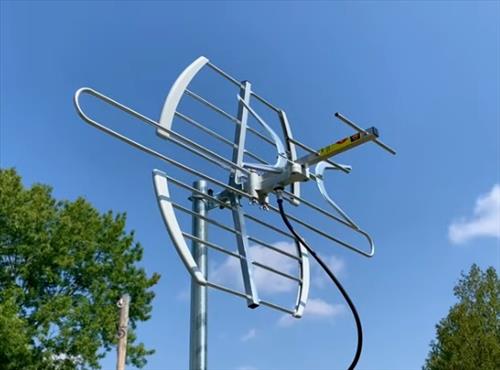
Many people buy a TV antenna, scan for channels, and watch whatever broadcasts they receive, but there are many things often overlooked that can improve TV signals.
Often, there are missed steps that can greatly improve reception, which will allow for many more TV stations to be picked up.
This includes things such as not positioning the antenna correctly and not using a powered splitter.
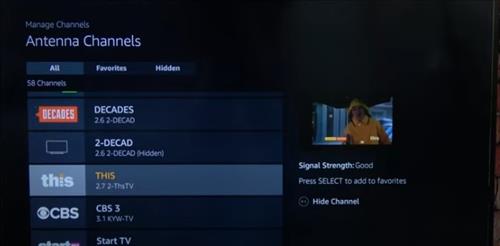
Below, we list the most common mistakes or overlooked steps that may be limiting your TV reception.
It can be very helpful if you know in advance how many channels you should receive so you know what to expect and what to look for.
Websites like antennaweb.org, fccdtv reception maps, and rabbitears.info can help you determine where the closest broadcast towers are.
5 Ways Users Mess Up Antenna TV Reception and How to Improve It
- TV Antenna Positioned Incorrectly
- Low-Quality Coaxial Cable
- Using an Unpowered Splitter
- Using the Wrong Antenna
- Not Using a Pre-Amp
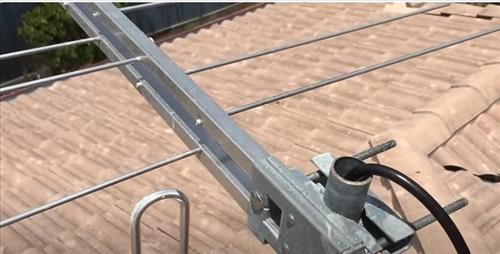
A TV antenna that is not positioned correctly will not work as well as it should.
This is extra true if a directional TV antenna is being used.
A directional TV antenna needs to be pointed directly at the source to get a good signal.
There are omnidirectional TV antennas that can receive a signal from any direction, but they don’t work well when the signal is far away.
Many people often point their antenna toward the nearest town, not realizing they may actually be picking up broadcast repeaters from another direction.
The antenna can also be tuned in with a trial and error approach by turning the antenna scanning for stations, and then doing it again.
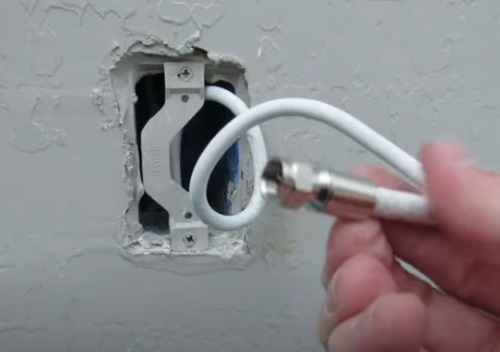
If you are using a low-quality coaxial cable, it can cause signal loss, which will limit reception.
Low-cost antennas can often come with a poor-quality coaxial cable, such as cheap RG59, to save on cost.
The cable built into many flat antennas is also hair-thin and can significantly degrade a signal.
A good-quality coaxial cable such as RG6 quad shield cable is recommended for the best reception possible.
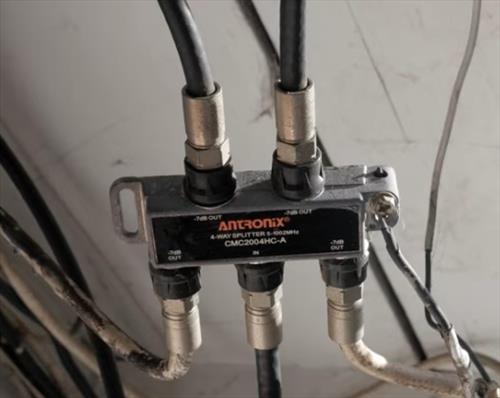
Using an unpowered splitter adds a very limited boost that a good powered splitter or booster can add.
Unless there is a pre-amp on the antenna, a regular unpowered splitter has signal loss at each output.
If you have multiple TV sets, it can be worse, and a powered splitter should be used.
Each TV in use is a drain on the signal that a powered booster or splitter can fix.
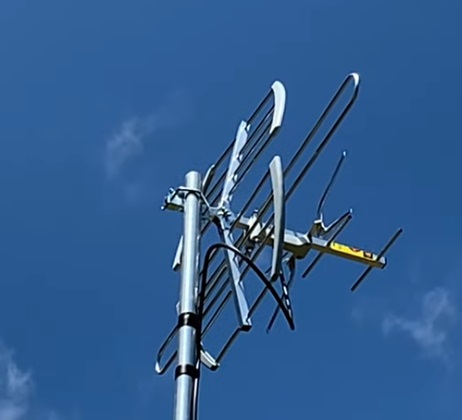
Using the wrong antenna for your area is a common mistake that can greatly reduce your TV reception.
Antennas are very area-specific, and the model you need depends on the frequencies and signal strength in your local area.
For example, people in rural areas or areas with a lot of trees often purchase small directional antennas, not realizing that these antennas may not be strong enough for the weak signals in their area. This can result in poor reception and a limited number of channels.
Some people may also set up an antenna that claims a certain range without understanding that this range may not apply to their specific location due to factors like obstructions or signal strength.
If you live in a rural area, it is usually best to get a good directional antenna and dial it incorrectly.
If you live in a city close to the broadcast towers, an Omni-directional antenna may be a better option.
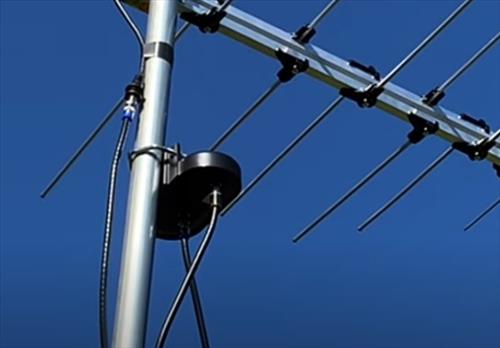
A preamp is a signal booster located at the antenna that boosts the signal before it goes to a home.
This can have a big impact on signal quality, and the station’s TV tuners can detect on a TV scan.
Often, a preamp is used along with a booster at each TV or separately.
If the preamp does not boost signal quilt enough, a booster can be added to each TV as needed.
Using a preamp is a very good low-cost method to help receive more broadcast TV channels.
Summary
Setting up a TV antenna to watch free over-the-air broadcasts is a big benefit to anyone who has gotten rid of cable or satellite TV.
After setting up an antenna, several things can be done to dramatically improve the signals received.
A very common mistake is incorrectly positioning the TV antenna.
The antenna will need to be dialed in correctly to get the best reception.
Low-quality coaxial cable can also cause issues, but a good-quality RG6 quad shield coaxial cable is recommended for the best reception.
Using an unpowered splitter is another mistake that can have less than ideal reception.
Also, using a preamp can greatly improve the signal that is sent into a home or building.
Do you have a suggestion for improving TV signal quality that is not on the list? Let us know your thoughts below.
0 Commentaires